
5 Steps to Prepare Your Yard for Spring
Spring is in the air! It’s time to clean out your garage and get ready for outdoor activities that characterize Minnesota spring and summer. When it comes to your lawn, there are several steps you need to take before you can dust off your mower and get to work. Here are the 5 tasks to complete to prepare your yard for a healthy spring season.
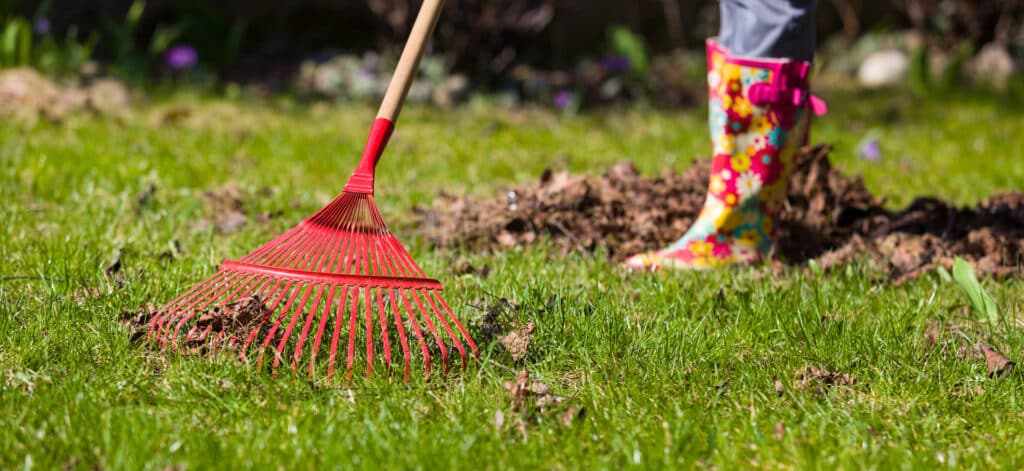
1. Rake and Aerate
Isn’t raking for the fall? Unfortunately, no matter how splendid of a job you did raking your leaves in the fall, the first thing your lawn needs this spring after a snow melt is a deep raking. This serves several purposes: 1) removing dead blades of grass that could interfere with new growth, 2) separating clumped-together patches that could develop mold, and 3) helping you to identify any areas of your lawn that might need seeding or special attention.
After you’ve given your yard a deep rake-over, check for any patches of moss in your grass. Moss is a sign of compacted soil, which means your lawn needs aeration. While spring is generally not the best time to aerate, in this particular case, your grass needs it to remain healthy. A DIY aerator can be purchased at your local hardware store, or consult a professional.
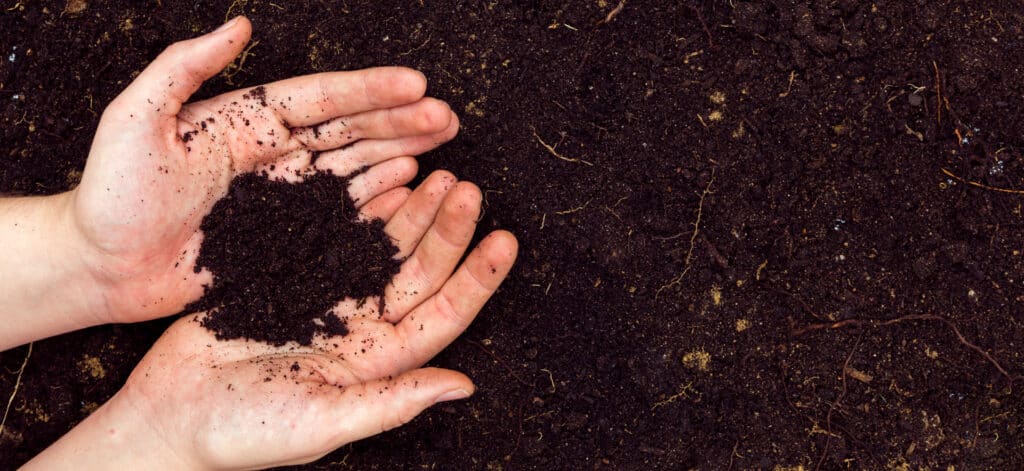
2. Evaluate the Soil
Give your local cooperative or greenhouse a call, and ask if they can help you evaluate your soil using a sample. You may be able to bring a small sample of your soil in for inspection, where you’ll learn about its acidity. Acidic soil can make healthy grass growth difficult – if your soil is too acidic, the professional will be able to prescribe you the right amount of lime (ground limestone) to apply to your lawn to level out the pH.
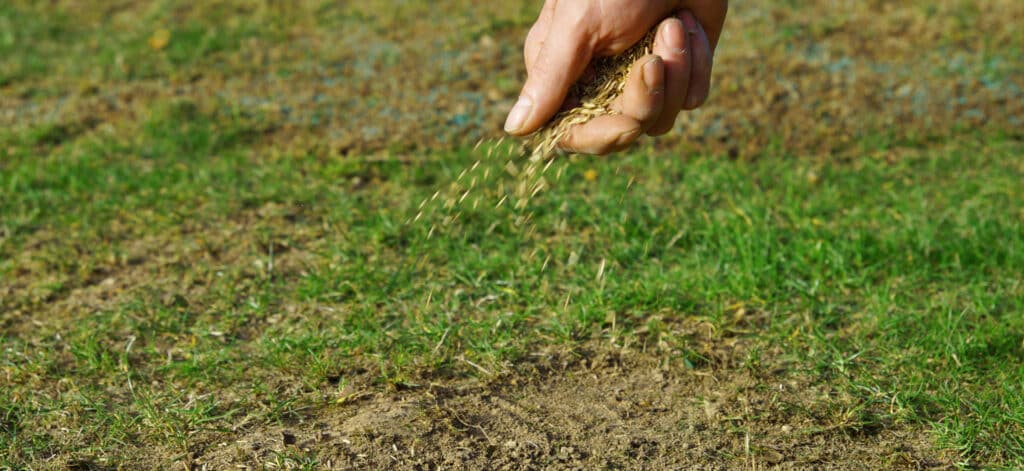
3. Overseed
While fall is the ideal time for overseeding, your lawn might just need some special care in the spring. Overseeding involves using grass seed to speckle dry patches on your lawn, allowing the new seed to grow simultaneously with existing grass.
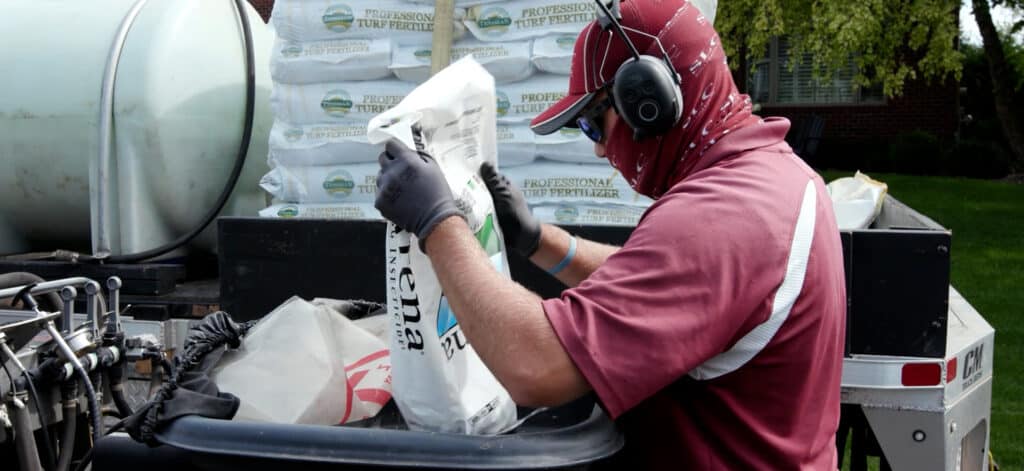
4. Apply Fertilizer
Once you’ve overseeded, applying a slow-release nitrogen fertilizer can help the new seed take hold. Throughout the season, you can fertilize your lawn organically by using an automower or mulching mower, which will spread grass clippings evenly across your yard and act as natural fertilizer. If you opt for the chemical route, make sure to keep it light in the springtime as your grass starts to come back to life.
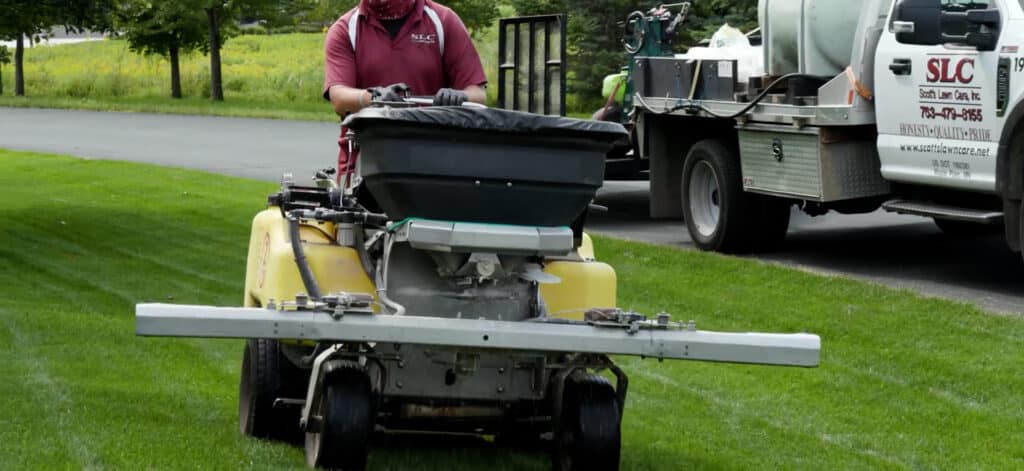
5. Herbicides
Pre-emergent herbicides treat your lawn for weeds before they arise – preventing growth and germination of their seeds. If you’ve overseeded your lawn this spring to address any spots, pre-emergent herbicides will also prevent your new grass seeds from growing, so they aren’t for you. However, this class of chemicals can be great for mitigating crabgrass and other common weeds.
Post-emergent herbicides treat weeds after-the-fact, and are useful for getting rid of lawn mainstays like dandelions. The safest option is to have your lawn evaluated by a lawn care professional to make sure you use the right chemical treatment, if any, for your yard.
Consult a Professional
At Scott’s Lawn Care, we are a team of professionals who are trained to help you with all of your seasonal lawn maintenance needs. We will work with your unique home situation to ensure that your lawn is safe and verdant. Make sure you’re taking the right steps: contact Scott’s Lawn Care at 763-479-8155 or visit our website: scottslawncare.net.
